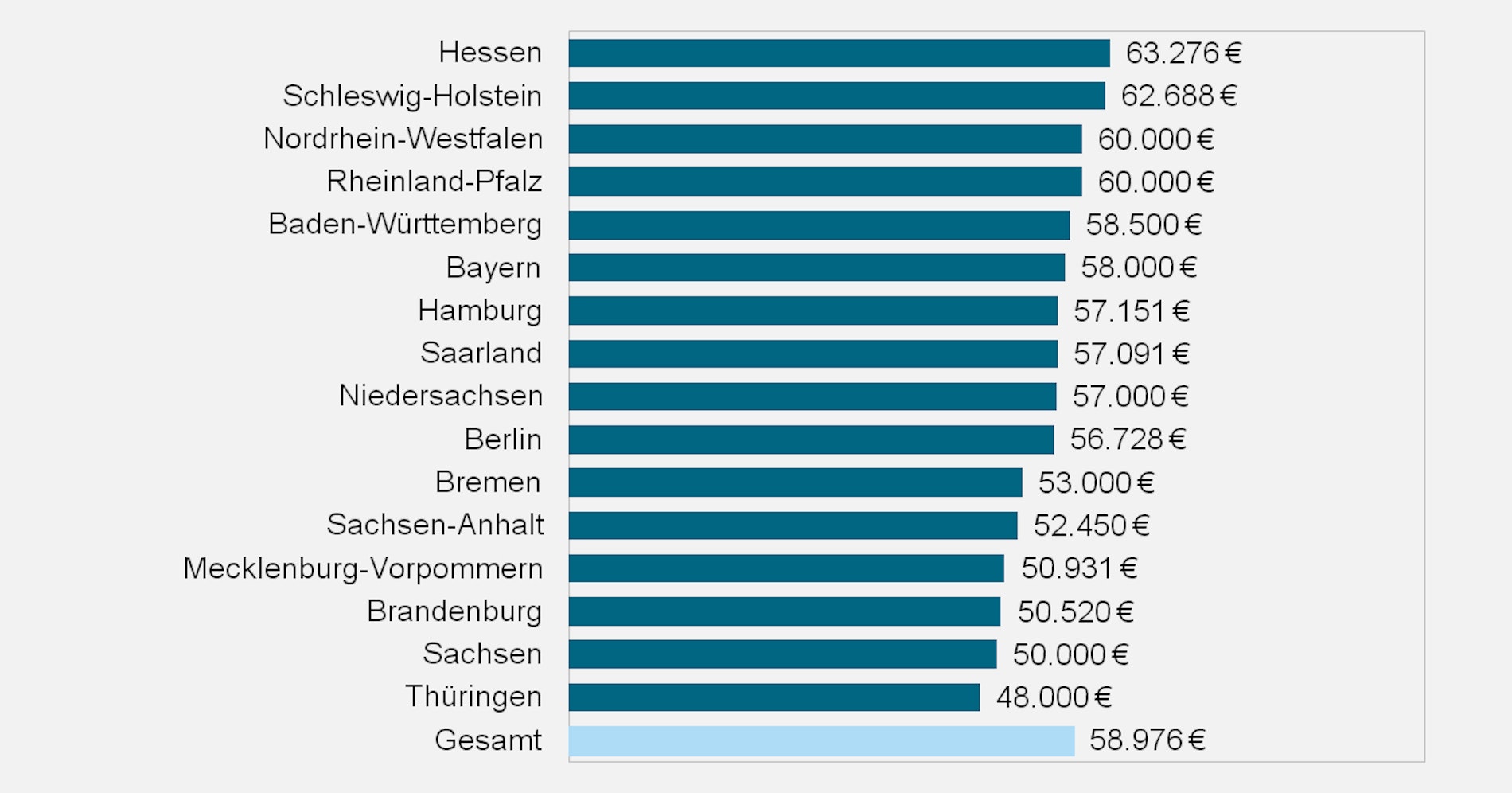Chemicals In Household Plastics: A Growing Concern For Cardiovascular Health

Table of Contents
Common Chemicals in Household Plastics and Their Sources
Many household plastics contain chemicals that can leach into food and drinks, potentially impacting our health. Let's look at some of the most common culprits:
-
Bisphenol A (BPA): This chemical is found in polycarbonate plastics (often marked with a #7 recycling symbol) and epoxy resins used to line food cans. BPA is an endocrine disruptor, meaning it interferes with the body's hormone system.
-
Phthalates: These are plasticizers added to many plastics to make them more flexible. They're commonly found in flexible PVC plastics, vinyl toys, and some food packaging. Phthalates are also endocrine disruptors.
-
Polyvinyl Chloride (PVC): This rigid plastic, often marked with a #3 recycling symbol, is used in pipes, flooring, and window frames. During manufacturing and even after disposal, PVC can release harmful dioxins, known carcinogens.
-
Other Harmful Chemicals: Numerous other chemicals can leach from plastics, including styrene (found in polystyrene containers), and various additives that are not always clearly labeled.
How These Chemicals Affect Cardiovascular Health
The concerning link between chemicals in household plastics and cardiovascular health stems from several mechanisms:
-
Endocrine Disruption: Chemicals like BPA and phthalates interfere with hormone production and regulation, potentially leading to imbalances that affect heart health.
-
Inflammation: Exposure to these chemicals can trigger chronic inflammation throughout the body, a known risk factor for cardiovascular disease.
-
Oxidative Stress: These chemicals can contribute to oxidative stress, damaging cells and tissues, including those in the cardiovascular system.
-
Blood Pressure Changes: Some studies suggest a link between exposure to certain plastic chemicals and elevated blood pressure, increasing the risk of heart disease and stroke.
Minimizing Exposure to Chemicals in Household Plastics
While completely eliminating exposure to plastic chemicals is challenging, we can significantly reduce our risk by adopting these strategies:
-
Choose BPA-free products: Look for products clearly labeled as "BPA-free." However, remember that "BPA-free" doesn't mean entirely chemical-free.
-
Avoid heating food in plastic containers: Heat can accelerate the leaching of chemicals from plastics into food.
-
Use glass or stainless steel alternatives: Whenever possible, opt for glass, stainless steel, or other non-plastic alternatives for food storage and preparation.
-
Wash plastic containers properly: Thoroughly wash and dry plastic containers to minimize chemical residue.
-
Recycle plastics appropriately: Dispose of plastics according to local recycling guidelines to reduce environmental pollution and potential human exposure.
-
Proper Storage and Food Handling: Store food properly to avoid contamination and reduce the chances of chemicals leaching into the food.
Ongoing Research and Future Directions
More research is urgently needed to fully understand the long-term health consequences of exposure to chemicals in household plastics. Ongoing studies are investigating:
-
Longitudinal studies tracking health impacts over decades.
-
Studies focusing on vulnerable populations like children and pregnant women.
-
Research into effective mitigation strategies to minimize the health risks.
Future policy changes and regulations could further protect public health by limiting the use of certain chemicals in plastics or mandating clearer labeling of potentially harmful substances.
Protecting Your Heart from Chemicals in Household Plastics
The evidence suggests a concerning link between chemicals in household plastics and cardiovascular health. Endocrine disruption, inflammation, oxidative stress, and blood pressure changes are all potential mechanisms through which these chemicals can negatively impact our hearts. By making informed choices about the products we use and adopting the strategies outlined above, we can significantly reduce our exposure to these harmful chemicals and protect our cardiovascular health. Take control of your cardiovascular health today by reducing your exposure to chemicals in household plastics. Make informed choices about the products you use and help protect yourself and your family from potential risks.

Featured Posts
-
 Koalitionsverhandlungen In Deutschland Ein Architekt Des Scheiterns
Apr 30, 2025
Koalitionsverhandlungen In Deutschland Ein Architekt Des Scheiterns
Apr 30, 2025 -
 Sag Awards 2024 Gillian Anderson And David Duchovnys Stage Reunion
Apr 30, 2025
Sag Awards 2024 Gillian Anderson And David Duchovnys Stage Reunion
Apr 30, 2025 -
 The Best New Cruises Setting Sail From The South In 2025
Apr 30, 2025
The Best New Cruises Setting Sail From The South In 2025
Apr 30, 2025 -
 The Crucial Role Of Middle Managers In Business And Employee Development
Apr 30, 2025
The Crucial Role Of Middle Managers In Business And Employee Development
Apr 30, 2025 -
 Can Cruise Lines Ban You For Complaining A Look At Passenger Rights
Apr 30, 2025
Can Cruise Lines Ban You For Complaining A Look At Passenger Rights
Apr 30, 2025
